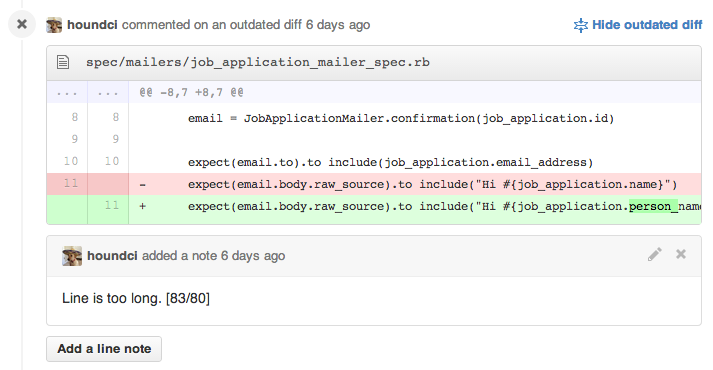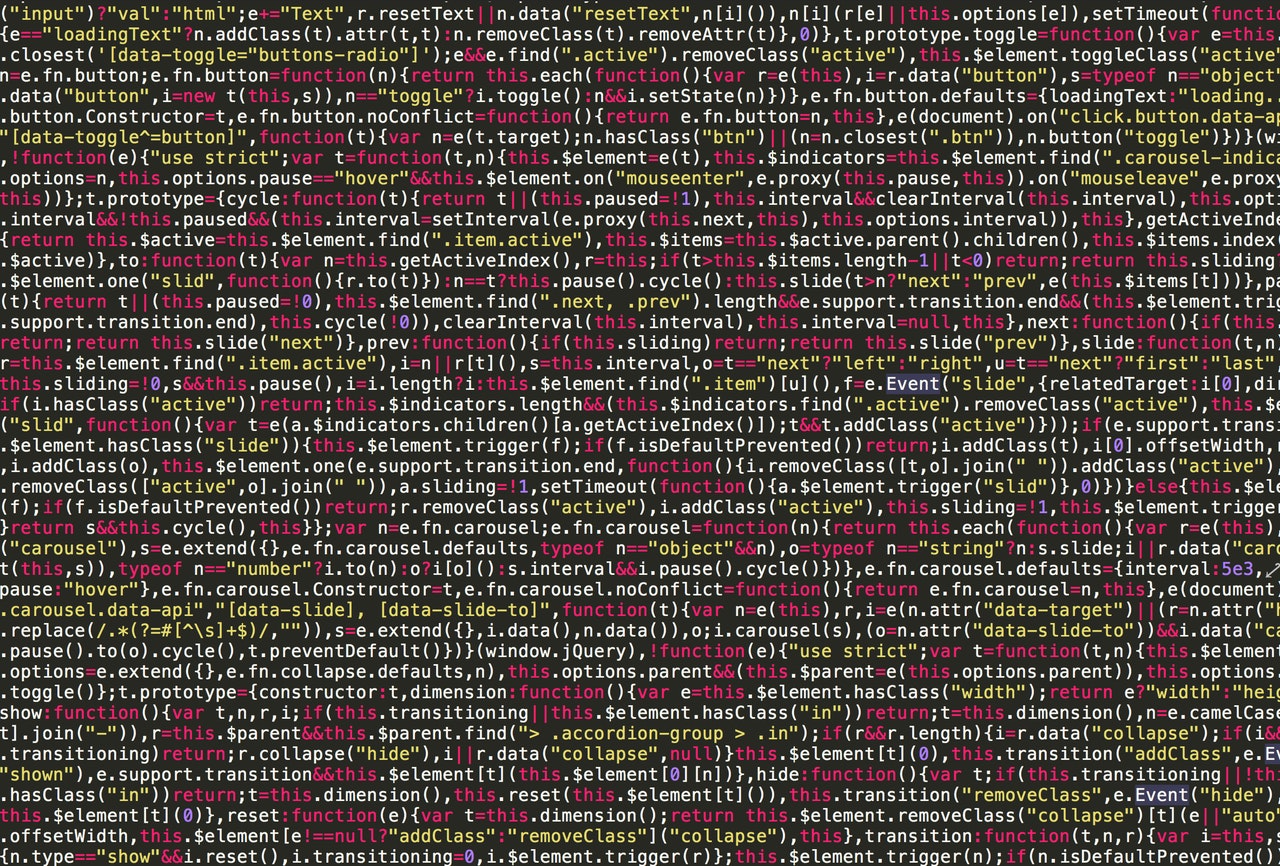Most development teams understand the importance of code quality, but it’s always a balancing act with development velocity. Code reviews are a low-cost way to dramatically improve code quality by putting a second pair of eyes on each major code change before it gets merged into the master branch and pushed into production.
Let’s take a look at the importance of code reviews, five questions to ask during a code review and how to offload the process to focus on core development.
Code reviews are a low-cost way to dramatically improve code quality by catching issues before they get merged into production. Share on XWhy & How to Conduct Code Review
Code review is a common part of Agile development designed to ensure code quality. With a second set of eyes on the code, the goal is to ensure the author didn’t make any typos, introduce any bugs or write anything unintelligible to the rest of the team. A well-organized team with prompt code reviews can ensure high quality without sacrificing any speed.
There are also several ancillary benefits:
- Positive Reinforcement: Authors are incentivized to write clean code when they know that someone else will be reviewing it. At the same time, recognition by their peers can be a positive reinforcement of their abilities.
- Knowledge Transfer: Authors and reviewers often share different techniques or algorithms during code reviews, which can help both parties improve as developers without pair programming or other more intense exercises.
- Domain-Specific Expertise: Authors may not have domain-specific expertise required for certain parts of a problem. In that case, code reviewers can ensure that security protocols meet standards or other domain-specific issues are up to par.
There are many different ways to implement code reviews. For example, some teams review every single branch before it’s merged into master whereas others may have some kind of threshold in terms of the code’s importance. In most cases, code reviews take place after successful automated (e.g., CI) checks and before a merge into the master branch.
#1. Does the Code Meet the Purpose?
Most code commits stem from a set of acceptance criteria or a bug report. When reviewing a commit, reviewers should ensure that the code accomplishes the original purpose without introducing any unnecessary complexity. For example, a single commit shouldn’t contain multiple features and bug fixes with little explanation.
Reviewers shouldn’t be afraid to ask questions. If there isn’t a clear reason for a function or class, it could be an indication that the code needs to be rewritten or supported with comments or tests that make the purpose clearer.
#2. Are There Any Ways to Improve It?
Reviewers should take a somewhat adversarial approach to code review—in the sense that they should try to catch the author taking short cuts or missing use cases—but should be nice in making suggestions for improvement. The goal is to ensure that the code is maintainable and help the author improve their code quality over time.
A common way to improve code is to look for opportunities to refactor or abstract logic. If the same piece of code frequently reappears, it usually makes sense to abstract it to keep the code base DRY and improve maintainability. Reviewers should always be looking for opportunities to clean, shorten, speed up or improve the safety of the author’s code.
#3. Does the Code Meet Style Requirements?
Most developers don’t think about code style until it’s too late. Without consistency, a code base can quickly become difficult to read and maintain. Organizations should maintain a clear code style guide that covers things like CamelCase versus snake_case variables, spacing and indentation, tags, quotes and more—and even consider automated style testing tools.

HoundCI Automates Basic Code Style Violations - Source: HoundCI
In addition to these style requirements, reviewers should look for any TODOs in the commit(s), commented code that was left behind or other potentially confusing elements. The idea is to ensure that each merge with the master branch is concise, readable and relevant.
#4. Does It Have the Right Test Coverage?
Most developers are comfortable with writing unit test coverage for their features or bug fixes, but reviewers should ensure that these tests cover the right things. Unit tests should encapsulate the behavior in the branch and avoid externalities that can make them brittle while integration tests should be written for code that interacts a lot with outside systems.
In addition to passing tests, the tests themselves should be readable and maintainable. There may be opportunities to refactor tests to make them easier to maintain and avoid duplication when writing tests for other features down the road.
#5. Is the Documentation Up to Date?
Documentation is one of the most neglected parts of software development. If a team uses READMEs, CHANGELOGs or other documentation tools, reviewers should ensure that they have been updated before the code gets merged into master. If developers aren’t responsible, reviewers should ensure that the right handoffs have been made.
Need an External Set of Eyes?
Code review is a valuable process and exercise for any Agile development team, but of course, the process takes time away from feature development. If your team is under a tight deadline, you may want to consider outsourcing code review to a third-party organization—especially if you want another set of eyes on code outside of the organization.
Sharkbyte provides team augmentation services designed to enhance your existing staff. If you need a second set of eyes on your code, we can help provide professional senior-level code review to ensure that your code quality is up to par.
The Bottom Line
Code reviews are a quick and easy way to improve code quality without a lot of time and cost. In addition to catching basic errors, the process can help improve team dynamics and help everyone become better at their job. By keeping the five tips we’ve covered in mind, you can improve your code review processes to get the most value out of them.
If you need some extra resources, Sharkbyte provides a range of different consulting services. Our roadmap planning services can help ensure that your project is on the right track; team augmentation can help provide a short-term boost; and, our custom development services can take you from idea to a functional, well-designed product.
Contact us to schedule a free consultation and learn more!



